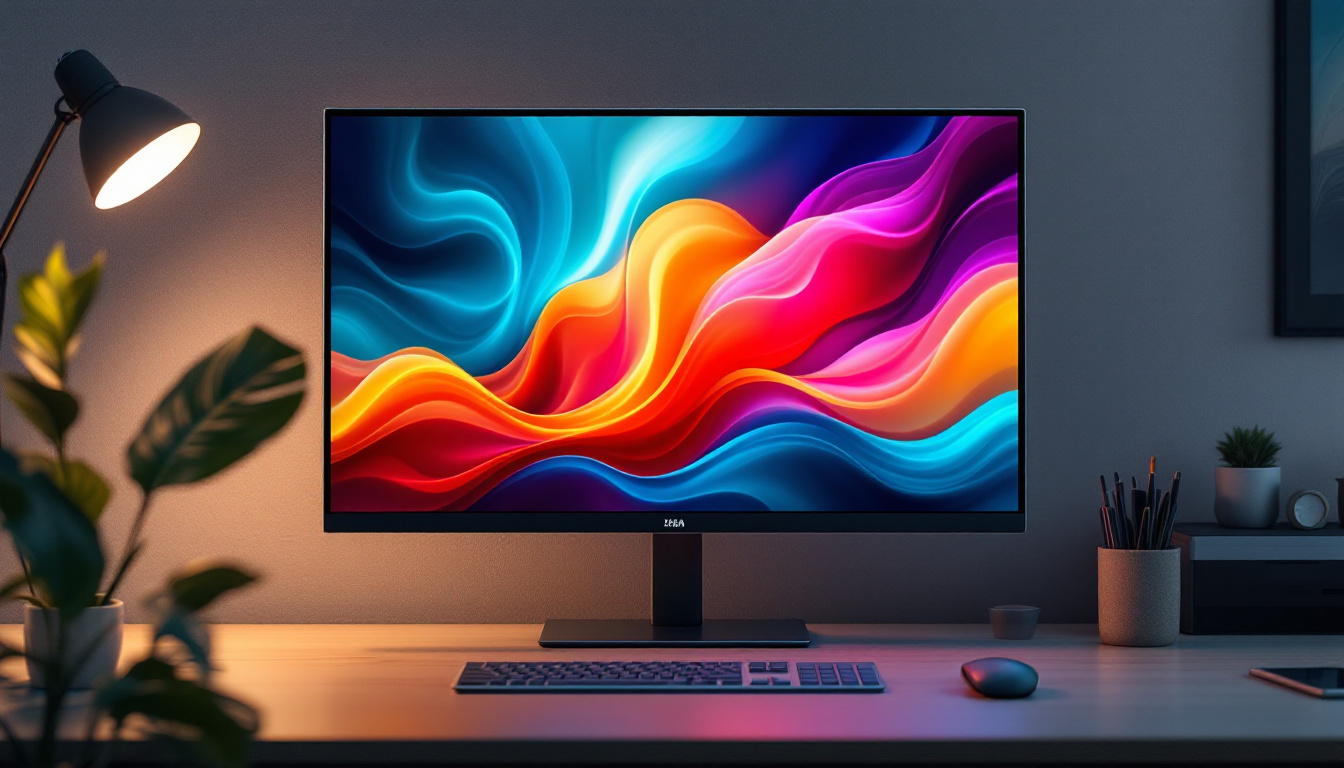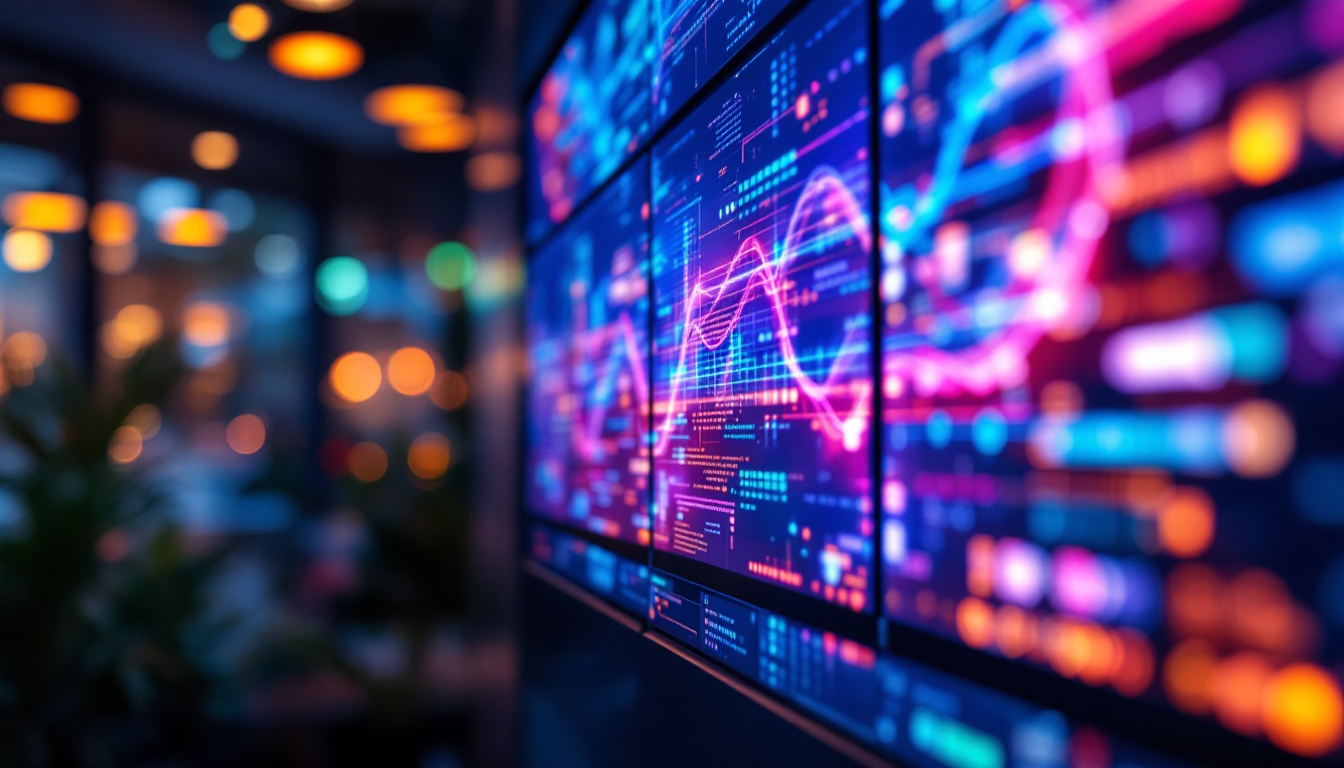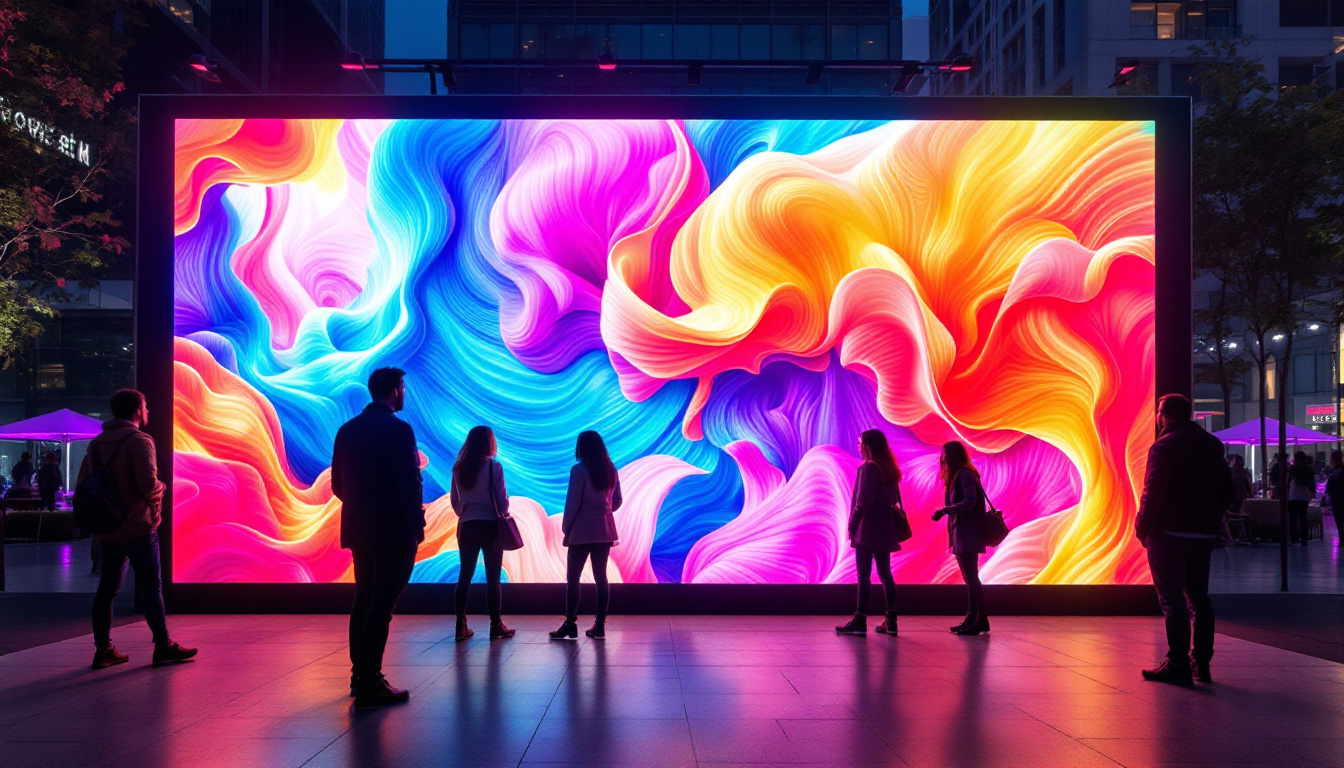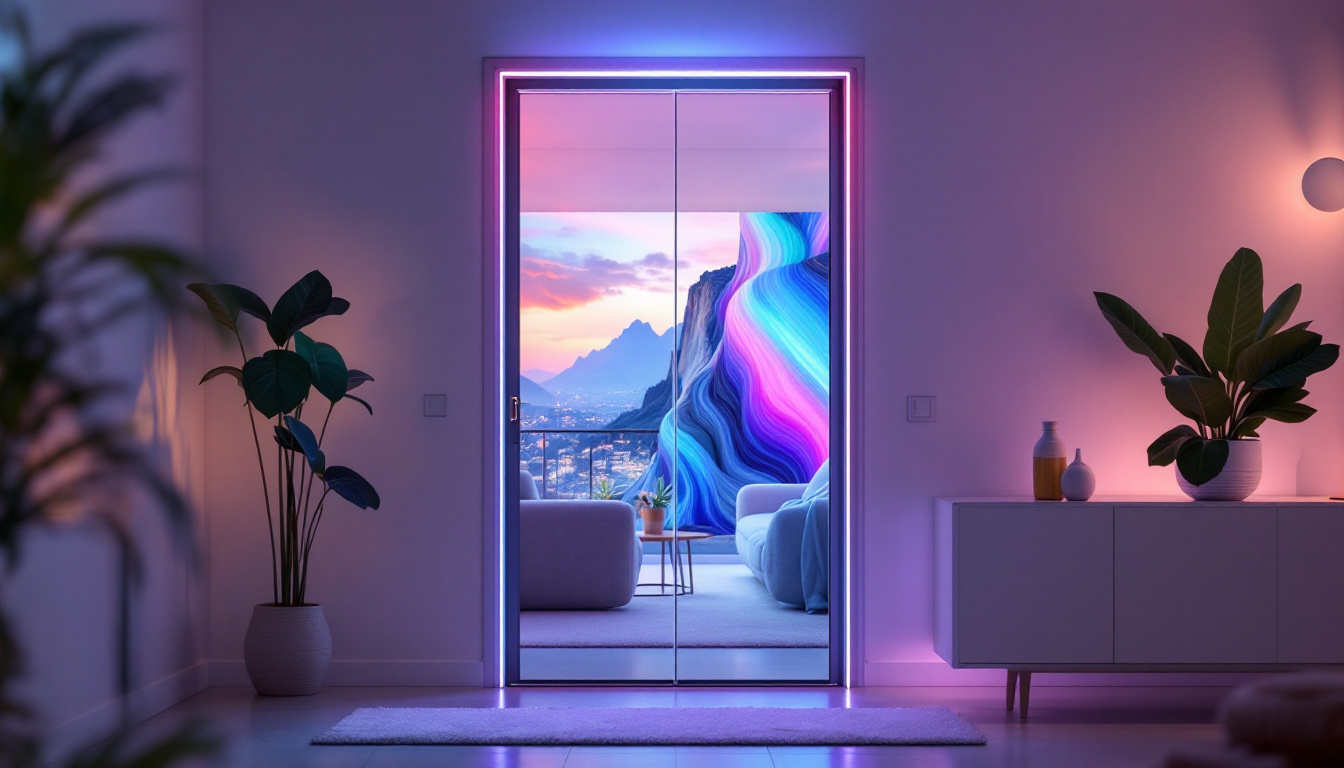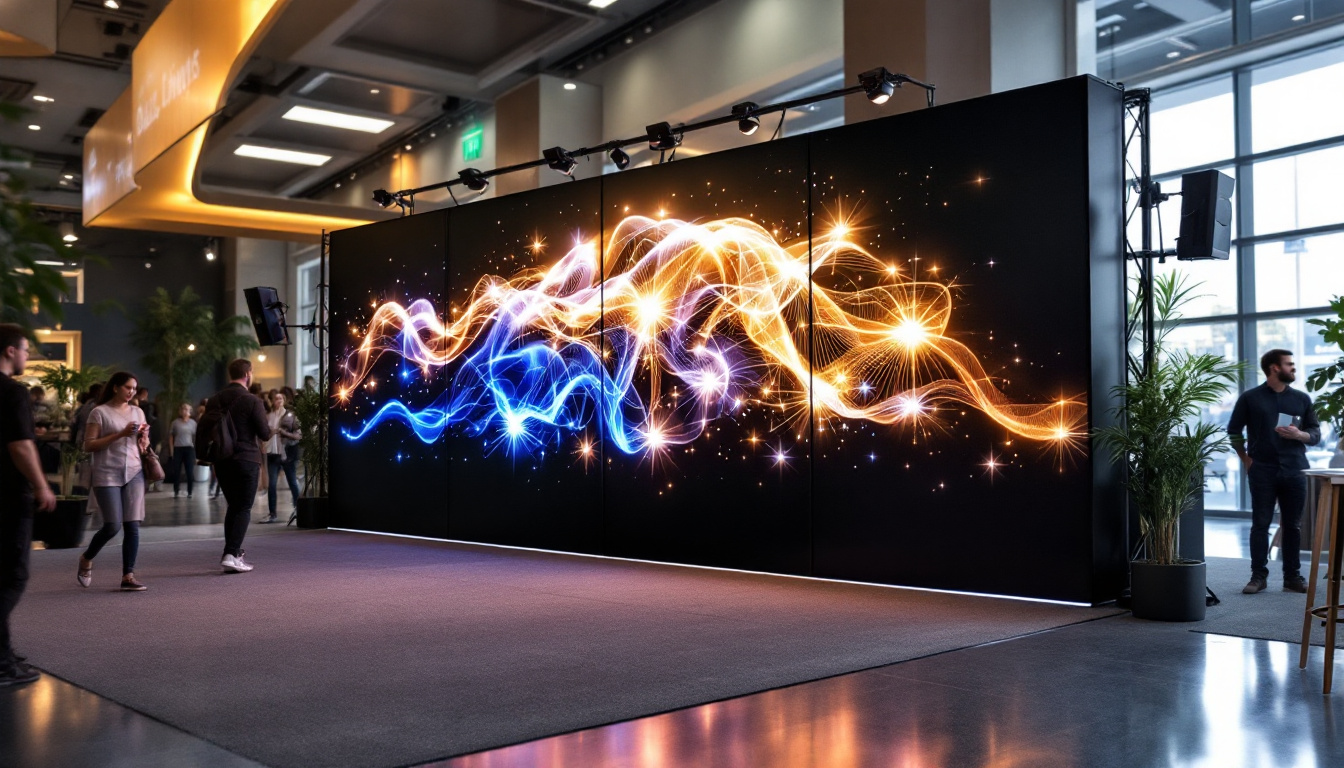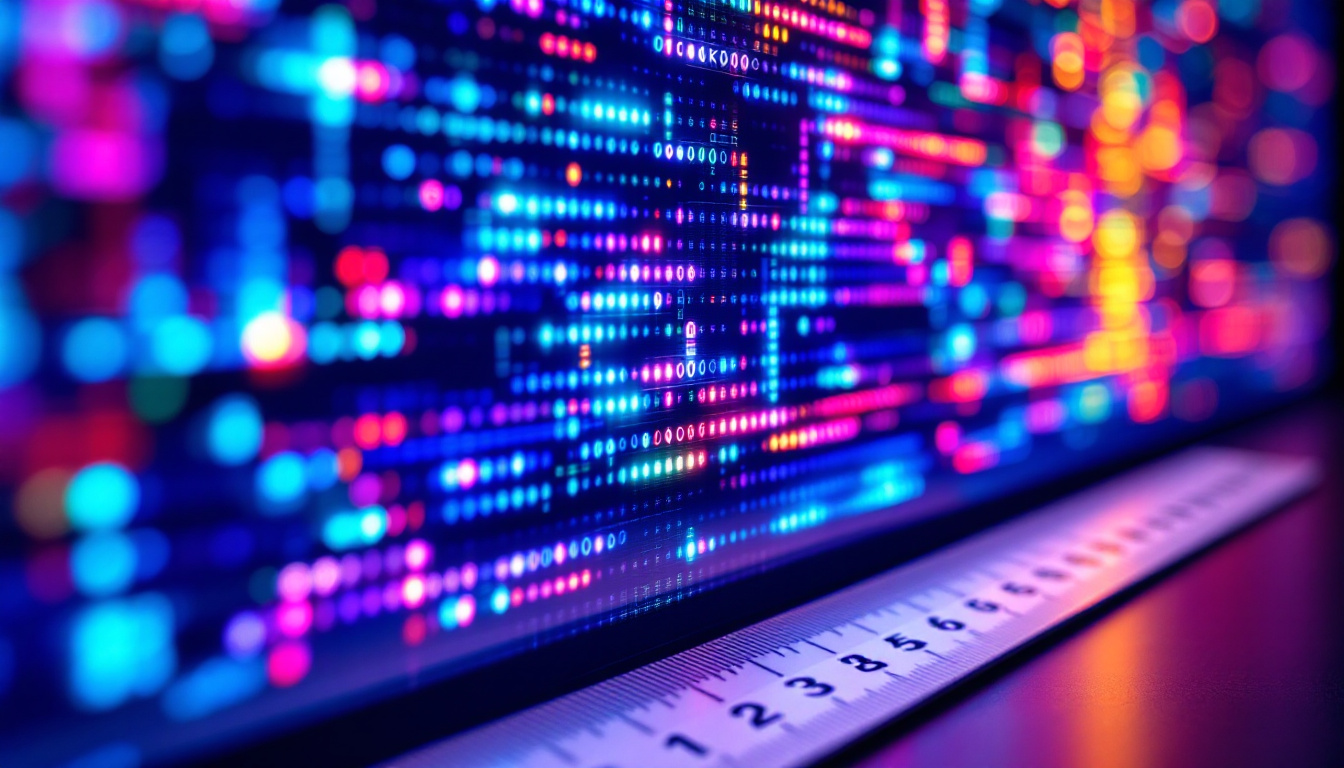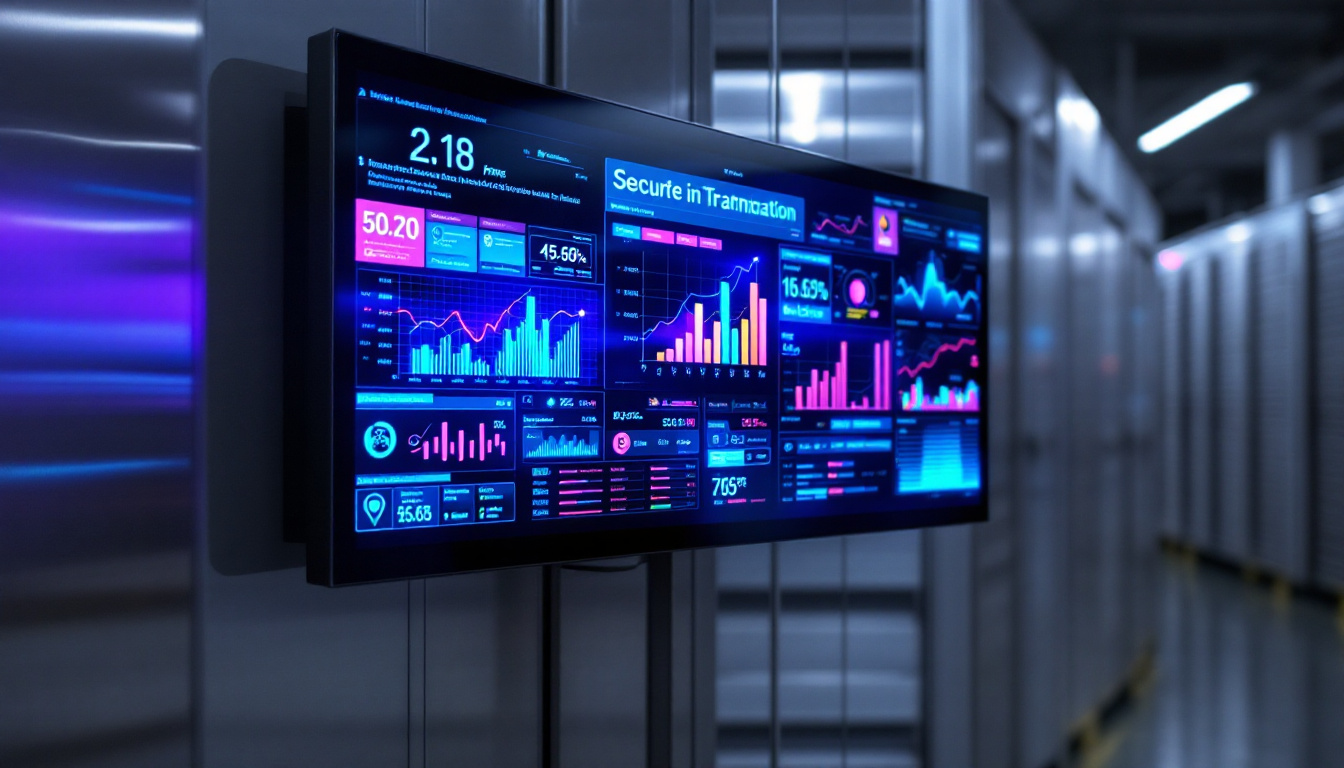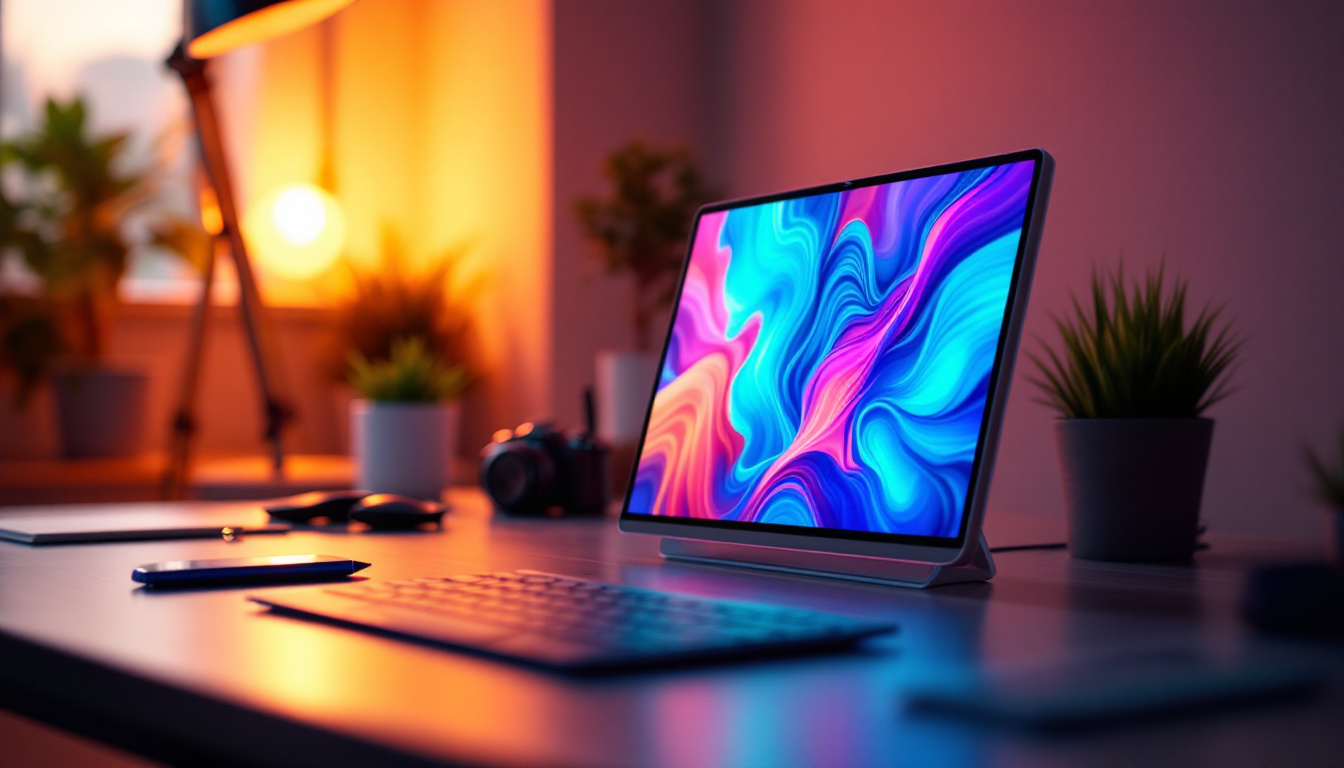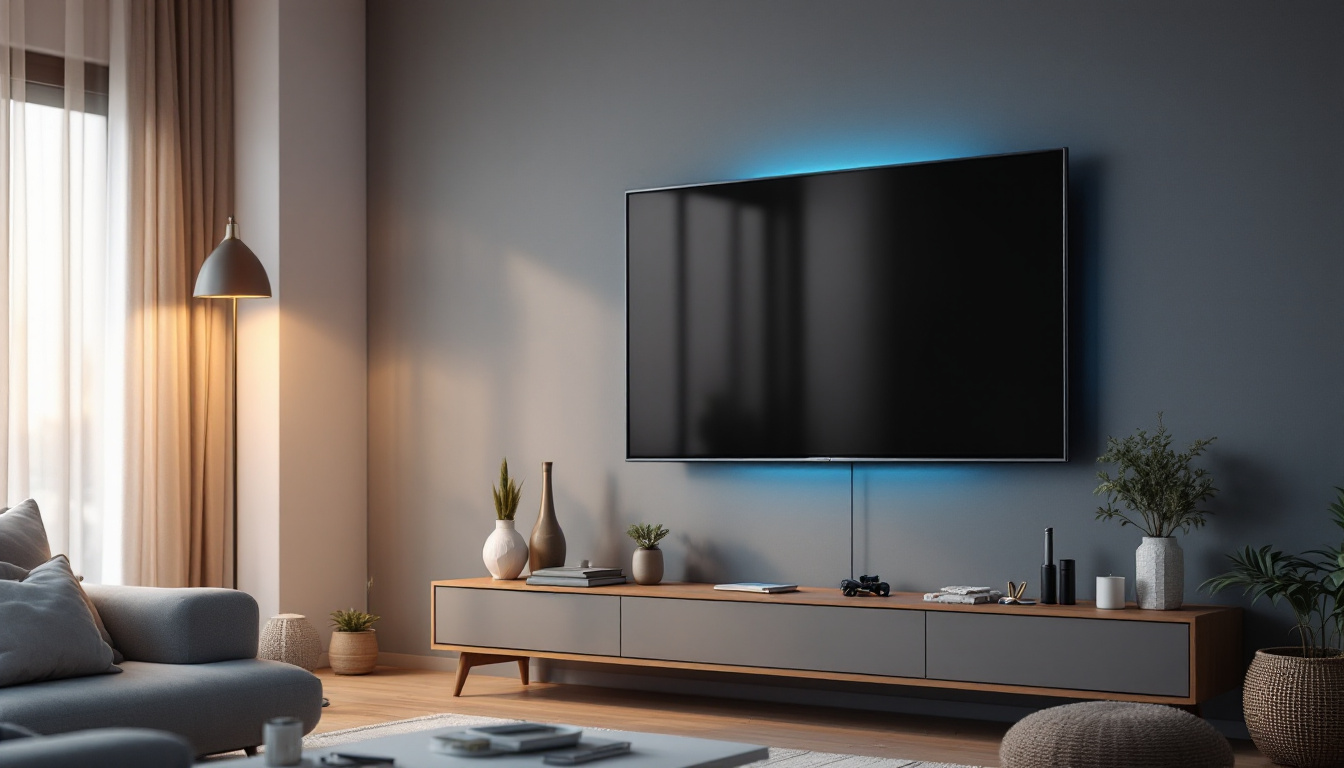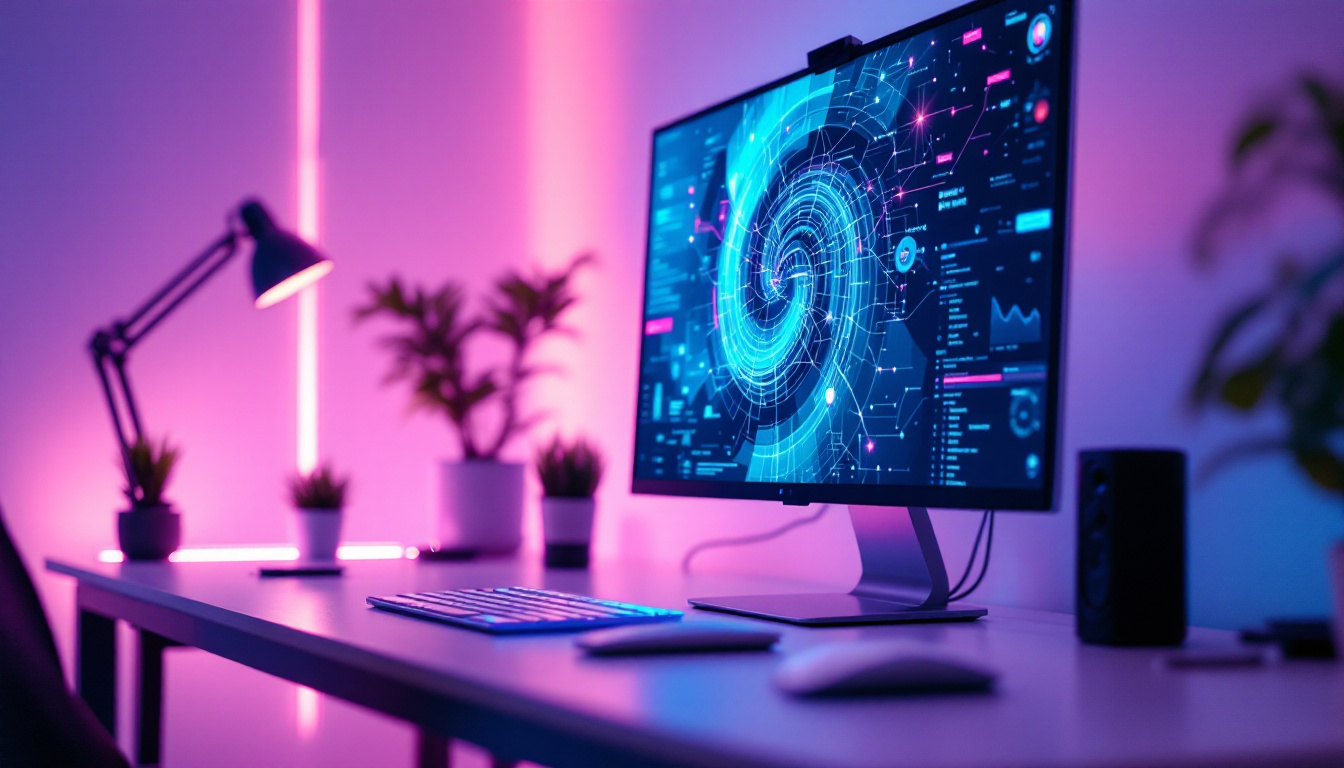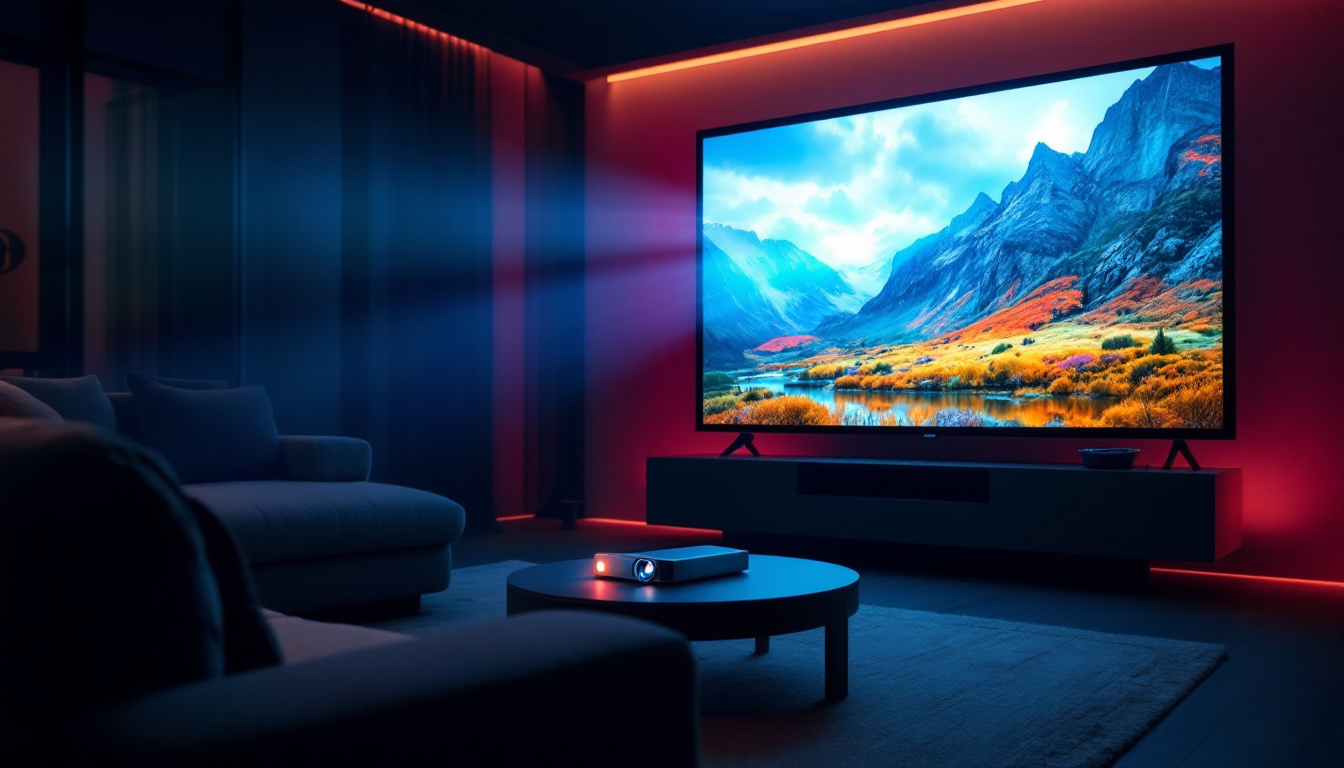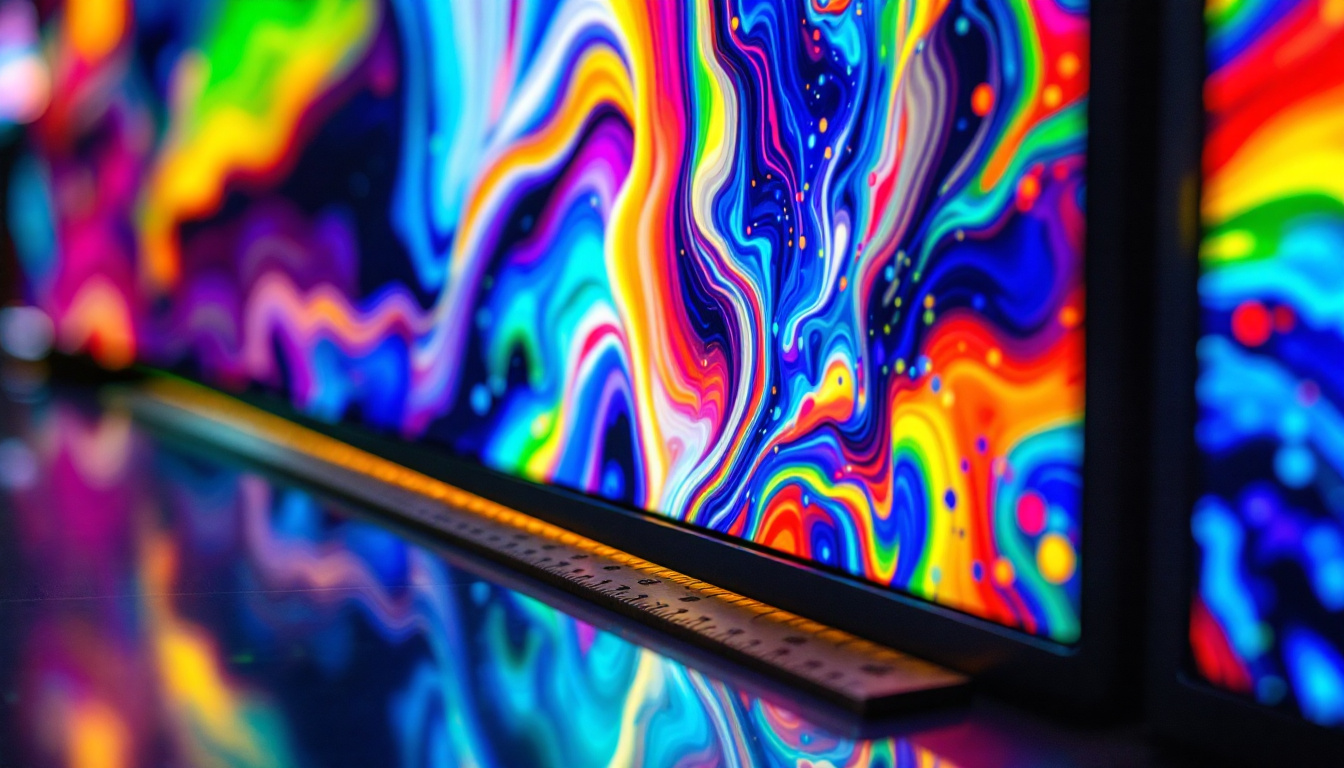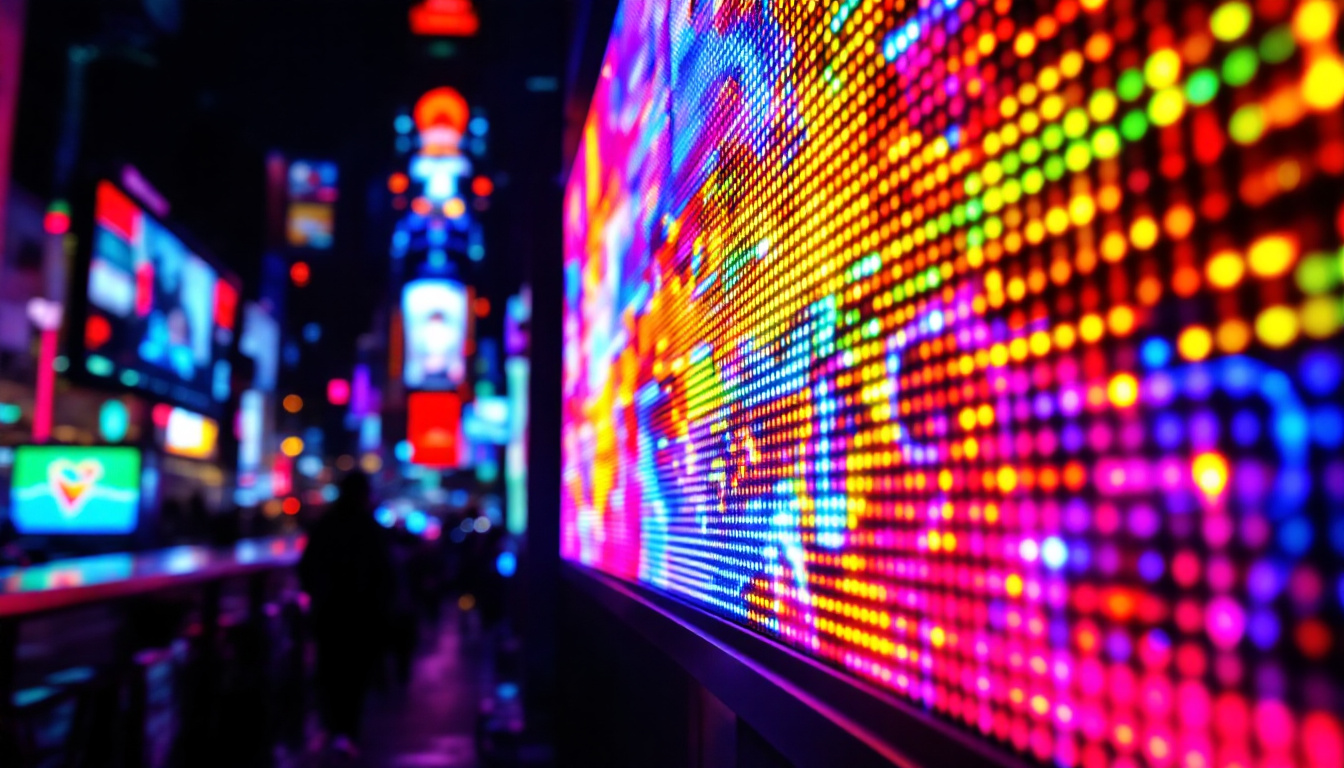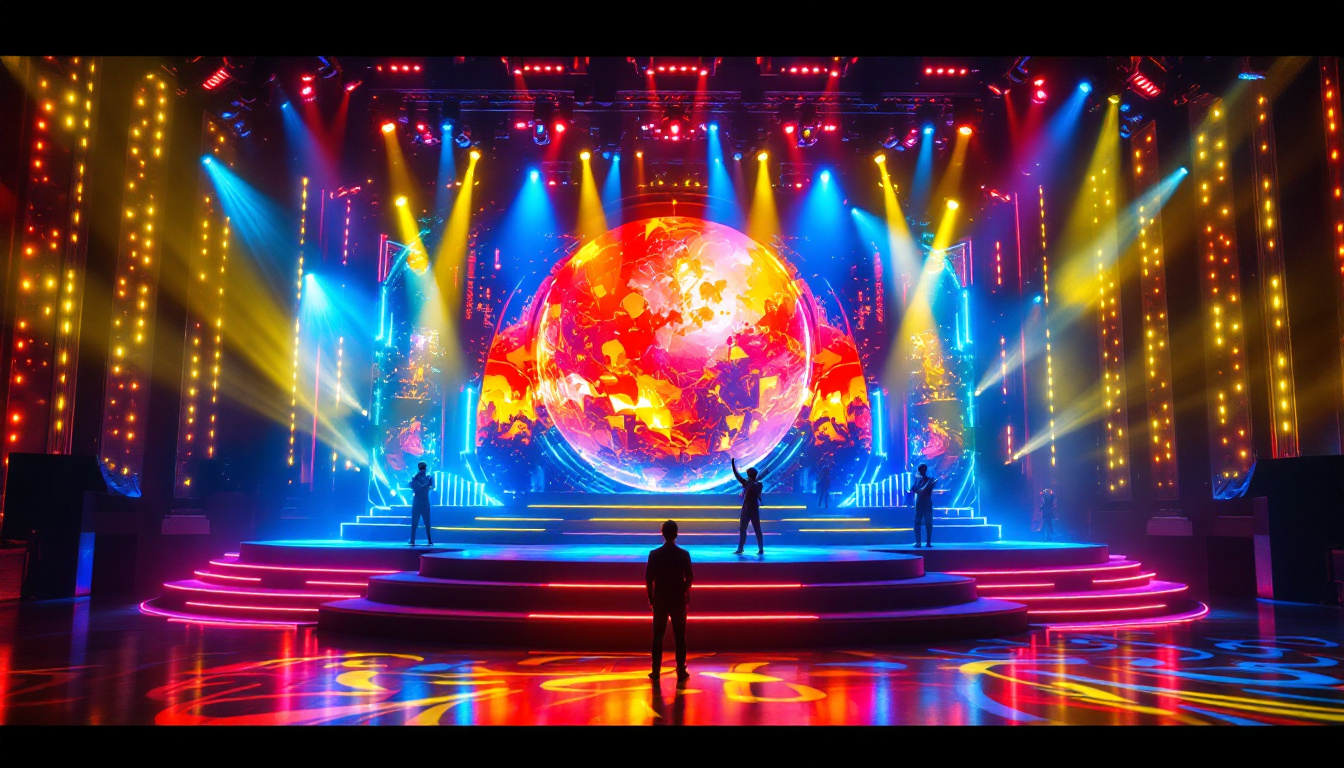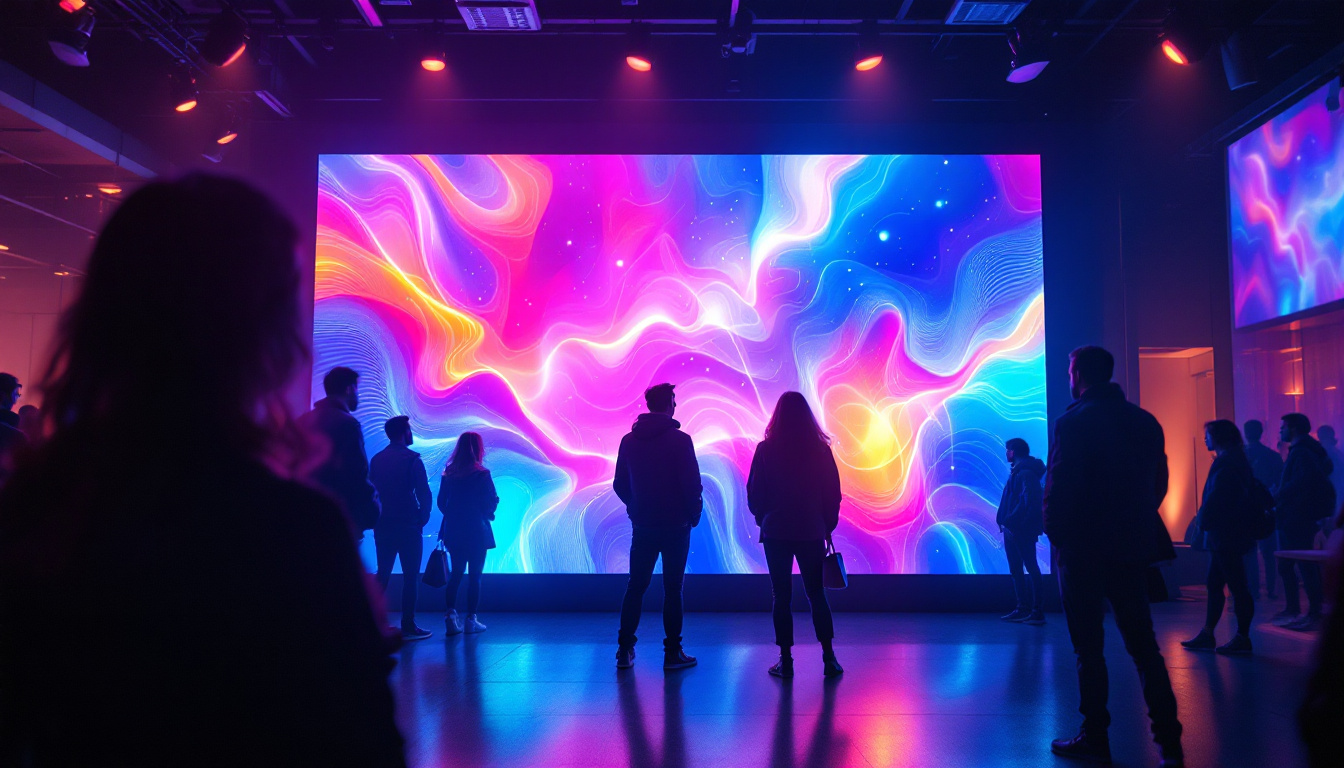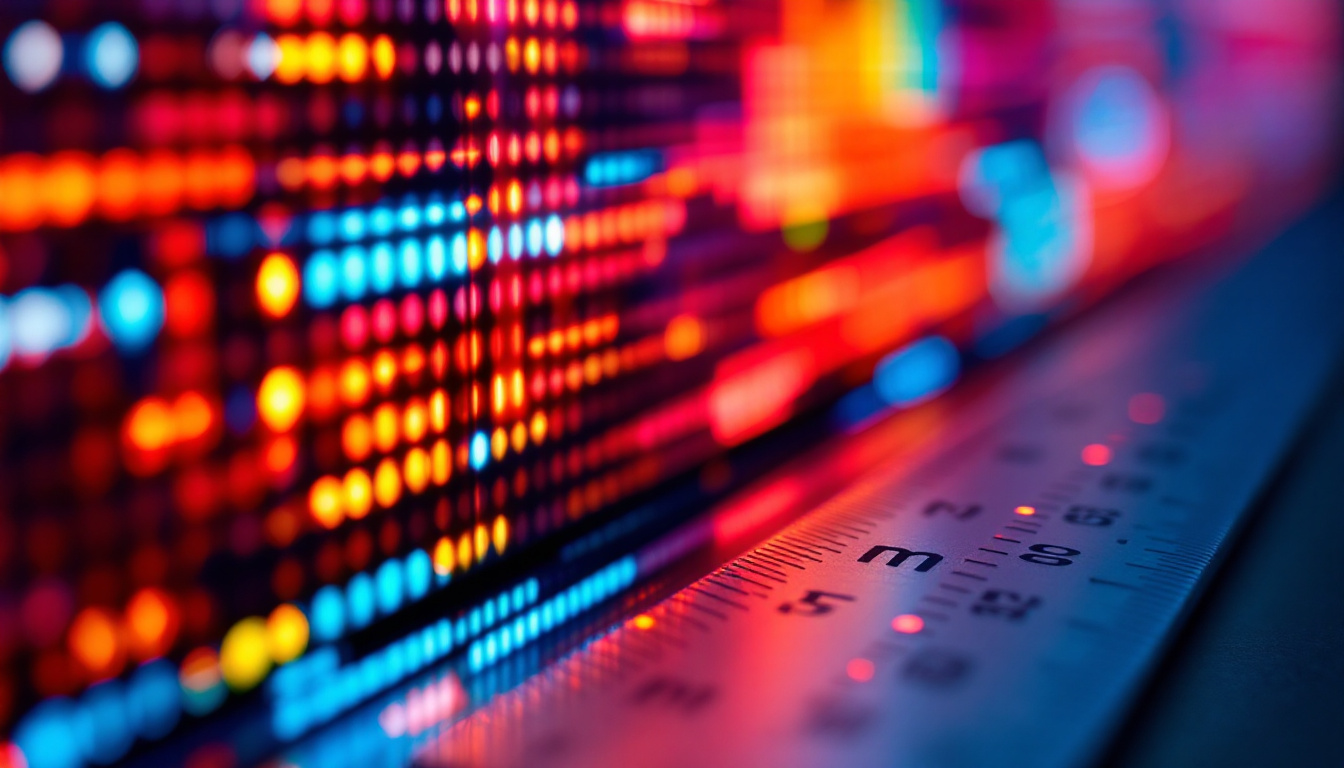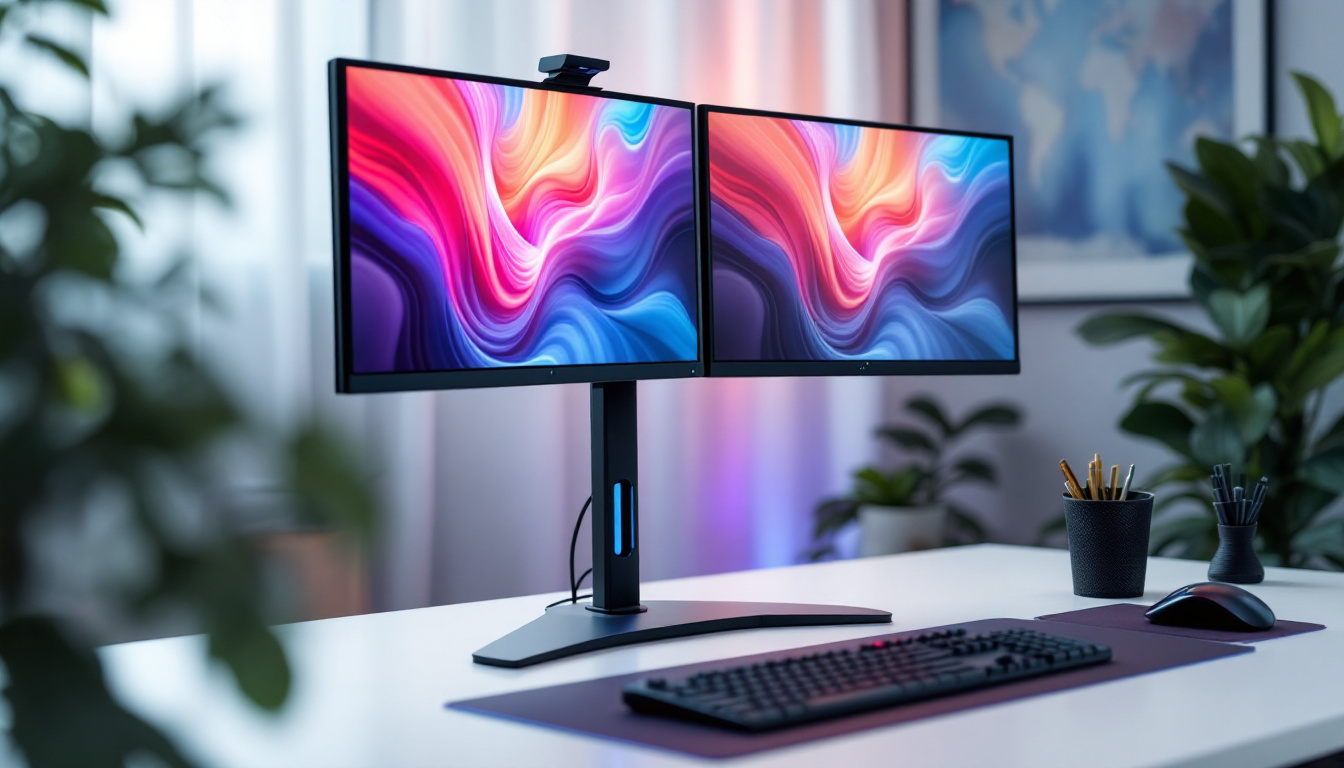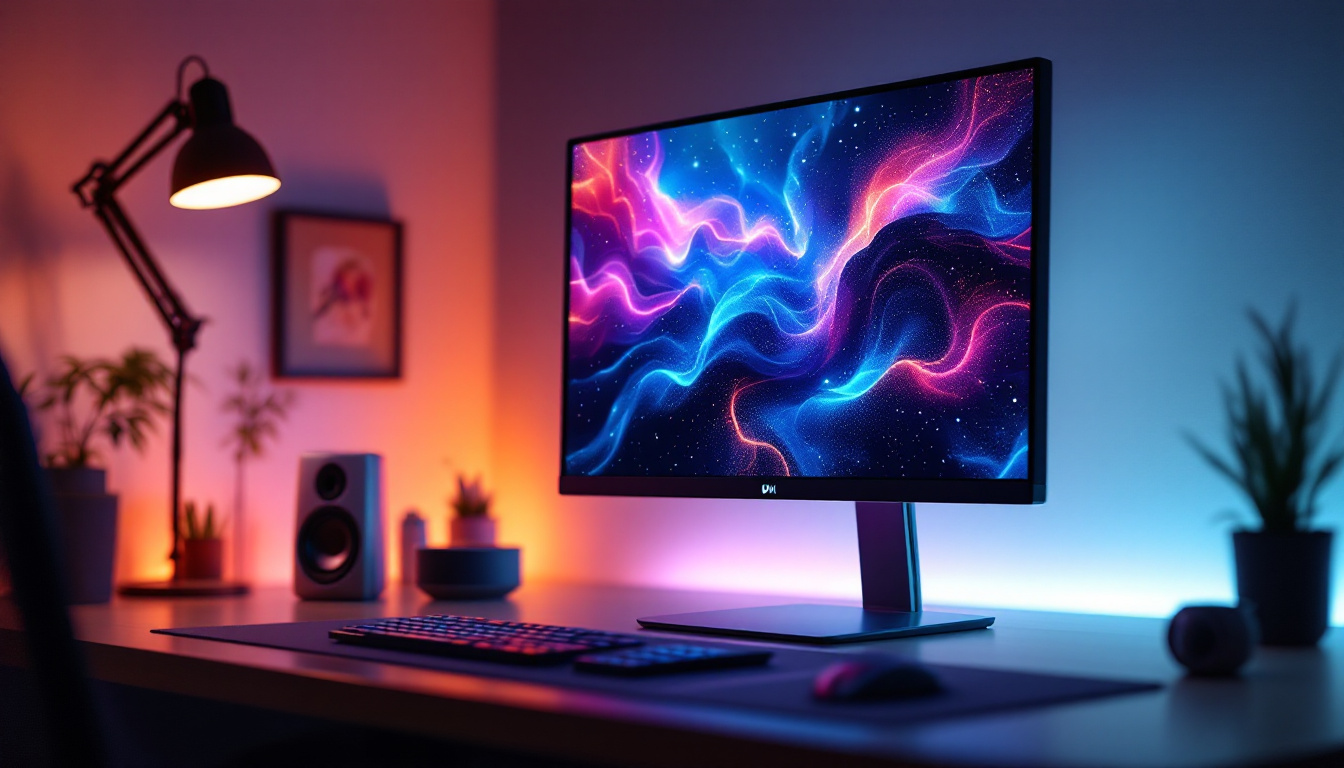In the digital age, flat screen monitors have become a staple in both personal and professional environments. Among the various technologies available, LED (Light Emitting Diode) displays stand out for their vibrant colors, energy efficiency, and sleek designs. This article delves into the intricacies of LED displays, exploring their advantages, types, and the technology behind them.
Understanding LED Display Technology
LED displays are a type of flat screen technology that utilizes light-emitting diodes to produce images. Unlike traditional LCD (Liquid Crystal Display) monitors that rely on fluorescent backlighting, LED monitors use small diodes that emit light when an electric current passes through them. This fundamental difference results in several advantages, making LED displays increasingly popular. The efficiency of LED technology not only contributes to lower energy consumption but also extends the lifespan of the display, making it a more sustainable choice in the long run.
How LED Displays Work
The operation of an LED display can be broken down into several key components. At the core, there are the diodes that emit light. These diodes can be arranged in various configurations, depending on the type of LED display. The most common configurations include edge-lit and direct-lit displays.
In edge-lit displays, the LEDs are positioned along the edges of the screen, allowing light to spread across the display through a light guide panel. This design is typically thinner and lighter, making it ideal for modern aesthetics. Conversely, direct-lit displays feature LEDs placed directly behind the screen, providing more uniform brightness and better color accuracy. Additionally, some advanced models incorporate local dimming technology, which allows certain areas of the screen to dim independently, enhancing contrast and deepening blacks for a more immersive viewing experience.
Types of LED Displays
There are several types of LED displays, each catering to different needs and preferences. Understanding these types can help consumers make informed decisions when selecting a monitor for their specific use case.
- Standard LED: These are the most common type of LED displays, offering a good balance between performance and cost. They provide decent color reproduction and brightness levels suitable for everyday tasks.
- IPS LED: In-Plane Switching (IPS) technology enhances color accuracy and viewing angles, making it a preferred choice for graphic designers and photographers. The wide viewing angles allow for consistent color representation, which is crucial for professional work.
- OLED: Organic Light Emitting Diodes (OLED) represent a significant advancement in display technology. They offer superior contrast ratios and vibrant colors, but at a higher price point. OLED displays are particularly favored in high-end televisions and smartphones due to their ability to produce true blacks and an expansive color gamut.
Another emerging type of LED display is MicroLED, which uses microscopic LEDs to create individual pixels. This technology promises to deliver even greater brightness, color accuracy, and energy efficiency compared to traditional LED and OLED displays. MicroLED displays are modular, allowing for customizable screen sizes and shapes, which opens up exciting possibilities for both consumer electronics and large-scale installations in public spaces.
Furthermore, advancements in LED technology continue to evolve, with innovations such as Mini-LED and Quantum Dot displays enhancing the capabilities of traditional LED screens. Mini-LED technology utilizes smaller LEDs for backlighting, resulting in improved control over local dimming and better HDR performance. Quantum Dot displays, on the other hand, use nanometer-sized semiconductor particles to enhance color reproduction, making them a compelling option for those seeking the best visual experience. As these technologies develop, they promise to redefine the standards of display quality across various applications.
Advantages of LED Displays
LED displays have gained popularity for several compelling reasons. Their advantages extend beyond aesthetics, impacting performance, energy consumption, and user experience.
Energy Efficiency
One of the most significant benefits of LED displays is their energy efficiency. Compared to traditional LCD monitors, LED screens consume less power, which not only reduces electricity bills but also contributes to environmental sustainability. This efficiency is particularly important in settings where monitors are used for extended periods, such as offices and educational institutions. Furthermore, the reduced heat output of LED displays enhances their longevity, minimizing the need for frequent replacements and the associated electronic waste, which is a crucial consideration in today’s environmentally conscious society.
Color and Brightness
LED displays are known for their vibrant colors and high brightness levels. The ability to produce a wider color gamut allows for more accurate and lifelike images. This quality is especially beneficial for professionals in fields such as digital art, photography, and video editing, where color accuracy is paramount. Additionally, LED technology enables displays to maintain their color integrity even in bright ambient light, making them ideal for outdoor advertising and public displays where visibility is essential. This capability ensures that content remains striking and engaging, capturing the attention of passersby effectively.
Thin and Lightweight Design
The design of LED monitors is another appealing factor. Their slim profiles and lightweight construction make them easy to mount on walls or fit into tight spaces. This modern aesthetic not only enhances the overall look of a workspace but also provides flexibility in arrangement and design. Moreover, the sleek design often incorporates advanced features such as touch capabilities and ultra-narrow bezels, allowing for a more immersive viewing experience. This is particularly advantageous in multi-monitor setups, where seamless integration can significantly enhance productivity and user engagement.
Choosing the Right LED Monitor
Selecting the right LED monitor involves considering several factors that cater to individual needs and preferences. Understanding these aspects can significantly enhance the user experience.
Screen Size and Resolution
Screen size and resolution are critical factors in choosing a monitor. Larger screens provide more screen real estate, making multitasking easier. However, it’s essential to balance size with resolution. A higher resolution, such as 4K, delivers sharper images, which is beneficial for tasks that require precision. For instance, graphic designers and video editors often prefer larger monitors with high resolutions to accurately view their work without straining their eyes. Additionally, the viewing distance plays a role; a larger screen may be more enjoyable when viewed from a distance, while smaller screens can be ideal for close-up tasks.
Refresh Rate and Response Time
For gamers and those who engage in fast-paced activities, refresh rate and response time are crucial. A higher refresh rate (measured in Hertz) results in smoother motion, while a lower response time minimizes blurring during fast movements. These features are particularly important for gaming monitors, where performance can significantly impact the experience. Moreover, competitive gamers often seek monitors with refresh rates of 144Hz or higher to gain an edge in gameplay. It’s also worth noting that some monitors come with adaptive sync technologies, such as NVIDIA G-SYNC or AMD FreeSync, which help eliminate screen tearing and stuttering, further enhancing the gaming experience.
Connectivity Options
Modern LED monitors come equipped with various connectivity options, including HDMI, DisplayPort, and USB-C. Ensuring compatibility with existing devices is essential for seamless integration. Additionally, features such as built-in speakers and USB hubs can enhance convenience and reduce clutter. As technology evolves, many users are also looking for monitors that support daisy chaining, which allows multiple monitors to be connected through a single cable. This setup can create a more organized workspace, especially for professionals who require multiple screens for multitasking. Furthermore, considering the future-proofing aspect of connectivity is wise; opting for monitors with the latest ports can save you from needing an upgrade sooner than expected.
Maintaining Your LED Monitor
Proper maintenance of an LED monitor can extend its lifespan and ensure optimal performance. Simple practices can prevent common issues and keep the display in top condition.
Cleaning Your Monitor
Regular cleaning is essential to maintain the clarity and brightness of an LED display. Use a microfiber cloth to gently wipe the screen, avoiding harsh chemicals that can damage the surface. It’s advisable to turn off the monitor before cleaning to avoid any potential damage and ensure a thorough clean.
Adjusting Settings for Optimal Performance
Most LED monitors come with adjustable settings that can enhance the viewing experience. Calibration of brightness, contrast, and color settings can make a significant difference, especially in professional environments where color accuracy is critical. Additionally, utilizing features like blue light filters can reduce eye strain during prolonged use.
Protecting Against Screen Burn-In
While LED displays are less prone to burn-in compared to older technologies like CRTs, it’s still wise to take precautions. Avoid leaving static images on the screen for extended periods and consider using screen savers or sleep modes to protect the display when not in use.
Future Trends in LED Display Technology
The landscape of LED display technology continues to evolve, with innovations that promise to enhance user experience and performance. Keeping an eye on these trends can help consumers stay informed about the latest advancements.
MicroLED Technology
MicroLED is an emerging technology that promises to revolutionize display quality. By using microscopic LEDs, this technology offers improved brightness, contrast, and energy efficiency. MicroLED displays are also modular, allowing for customizable screen sizes and shapes, which could redefine how monitors are designed and used.
Enhanced Color Accuracy
Future developments in LED technology are likely to focus on enhancing color accuracy and expanding the color gamut. This improvement will benefit various industries, including film, gaming, and graphic design, where precise color representation is crucial.
Sustainability Initiatives
As environmental concerns grow, manufacturers are increasingly focusing on sustainability in their production processes. This includes using recyclable materials and reducing energy consumption during manufacturing and operation. Consumers can expect to see more eco-friendly options in the market as this trend continues.
Conclusion
LED displays have transformed the way users interact with technology, offering vibrant visuals, energy efficiency, and sleek designs. Understanding the technology behind LED displays, their advantages, and how to choose the right monitor is essential for maximizing the user experience. As technology continues to advance, staying informed about future trends will enable consumers to make educated decisions that align with their needs and preferences.
In a world where digital interaction is paramount, investing in a quality LED monitor can significantly enhance productivity and enjoyment, making it a worthwhile consideration for anyone looking to upgrade their setup.
Discover LumenMatrix’s Innovative LED Solutions
Ready to experience the pinnacle of LED display technology? LumenMatrix is at the forefront of creating immersive visual experiences with a comprehensive range of LED display solutions. From vibrant Indoor LED Walls to dynamic Outdoor LED Displays, and from versatile Vehicle LED Displays to sleek LED Posters, our offerings cater to every need. Whether you’re looking to captivate your audience with a Custom LED Display or streamline your message with an All-in-One LED Display, LumenMatrix has the cutting-edge technology to bring your vision to life. Elevate your brand’s presence and engage your audience like never before. Check out LumenMatrix LED Display Solutions today and transform your digital interaction into an unforgettable experience.

